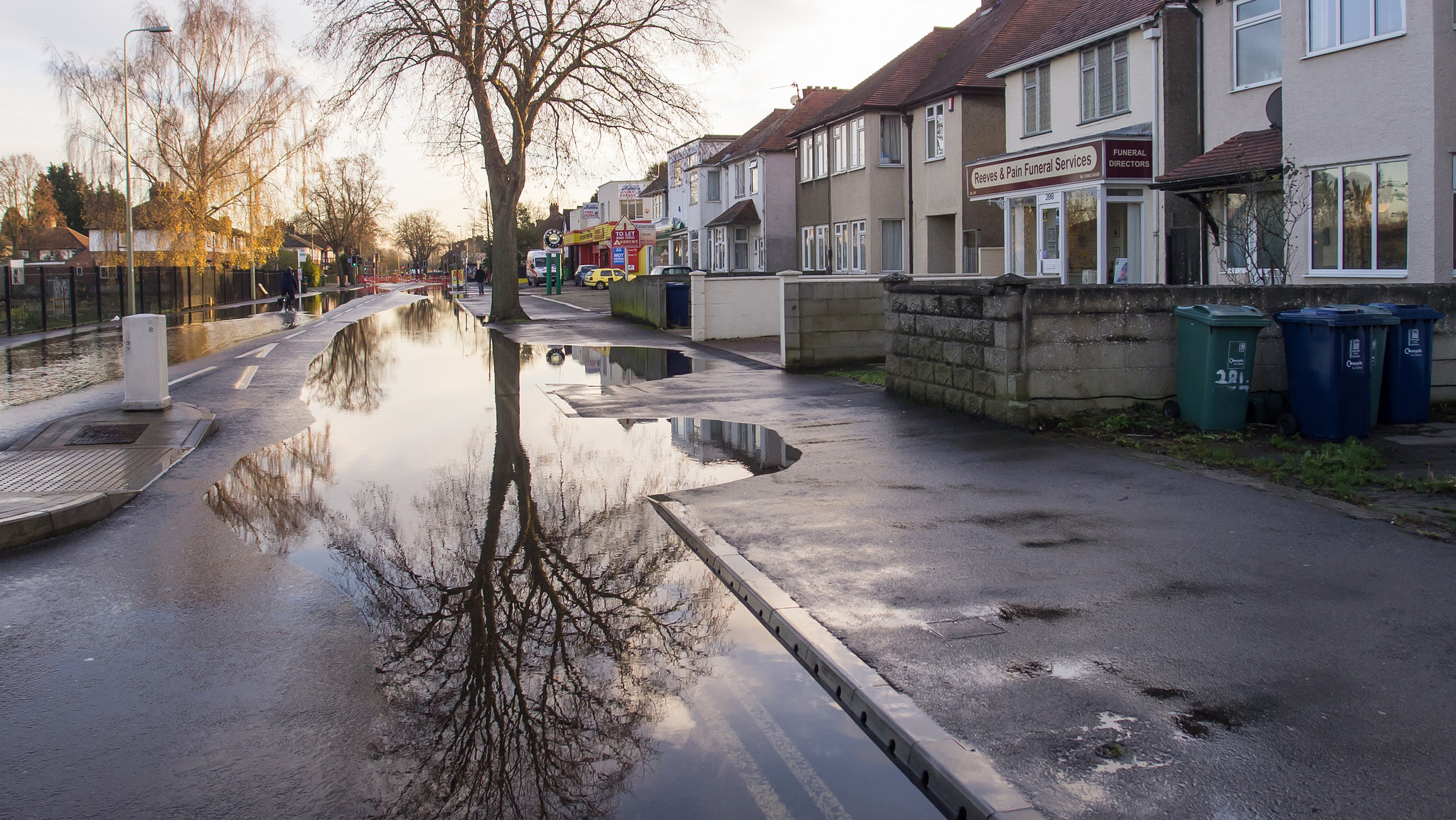In dense urban areas, implementing stormwater management systems large enough to support healthy trees can be challenging given the multitude of street uses and the high volume of pedestrian, bicycle, and vehicle traffic. One option for providing stormwater control without impacting competing surface needs is using a suspended pavement system like Silva Cell. Solutions like Silva Cell allow for multiple benefits, such as water quality improvement, aesthetic enhancement, and other advantages of healthy urban trees, to be more easily achieved in a dense urban environment, and they have also to achieve similar water quality outcomes as above-ground bioretention facilities.
While there are many benefits of suspended pavement systems, and there is wide interest in using these systems to manage stormwater, implementation has been relatively limited in comparison to other types of green infrastructure. Though a considerable amount of Silva Cell documentation is available on the DeepRoot website, this information had not been synthesized into a single source that describes how to implement the system for stormwater treatment from planning through construction for use by developers, city planners, and stormwater program managers. Until now.
In response to the need for a single information source, DeepRoot commissioned Geosyntec to develop a Silva Cell fact sheet that provides technical guidance for designing bioretention-equivalent subsurface stormwater management systems. The fact sheet provides detailed guidance to engineers and can also be used as a reference for municipal plan checkers when reviewing subsurface bioretention facility designs.
What the fact sheet covers
The fact sheet describes the Silva Cell suspended pavement system and shares information about the components needed to provide bioretention-equivalent design. It includes example Silva Cell system configurations, as well as responses to frequently asked questions about the system. Topics covered in the fact sheet include:
- Constraints to consider when siting the system
- Recommended inlet and outlet configurations, considerations for distributing flow within the system
- Guidelines for treatment media, tree selection
- System sizing, and operations, and
- Maintenance activities
Facility selection and siting
The fact sheet is intended for use in the planning stages of a project, and the system details contained in the fact sheet can be applied to most urban sites. An engineer or designer considering using Silva Cells for a site can refer to it for an introduction to the system and information regarding facility siting. The fact sheet summarizes in detail the site suitability factors that should be considered when selecting and siting a Silva Cell, such as above-ground loads, proximity to the storm drain, underlying soil and groundwater characterization, physical constraints, and infiltration factors.
Design and sizing
Once a Silva Cell system has been selected for a specific site, the fact sheet can be referenced for guidance on design and sizing of the system. It provides detailed information regarding the various system components that should be considered when designing the facility, including:
- A description of preparation of the subgrade, the subbase, and the Silva Cells;
- The media layers that enable the system to provide bioretention-equivalent water quality performance;
- Inlet, outlet, and flow distribution elements;
- Above-ground pavement or asphalt components; and
- Important considerations for the tree that is installed in and supported by the Silva Cell system.
Particularly valuable information provided for engineers and designers are the details on inlet and flow distribution design. As stated in the fact sheet, “effectively and reliably conveying stormwater into the Silva Cell system and distributing it within the ponding layer to allow for even percolation through the media is among the most important design considerations.”
The section on inlet and flow distribution design provides general guidance, information about and schematics of recommended inlet configurations, a description of the flow distribution layer in the system, pretreatment recommendations, and overflow design considerations. Outlet design information includes details on underdrain configuration and infiltration considerations. The fact sheet provides sources and recommendations for treatment media to be included in the Silva Cell system, which is a critical component when providing equivalent performance to bioretention.
A detailed overview of considerations for sizing the Silva Cell system is also included. As with all stormwater treatment facilities, local sizing guidelines must be referenced and adhered to when sizing for water quality compliance. The fact sheet provides information that can be used to translate local requirements when sizing the Silva Cell system. Refer to the DeepRoot website for a list of locations where the Silva Cell has been approved for use as a stormwater BMP, including Washington State, North Carolina, St. Louis (MO), and more.
Tree selection and more
Trees are a key component of the Silva Cell system, and supporting healthy urban trees is one of the aims of the system. Tree selection guidelines are introduced in the fact sheet, including typical tree soil volume needs, along with guidelines on how to select the type of tree that is installed in the system.
Considerations for construction of the system are included, along with a summary of system operations and maintenance needs. These are useful summaries for engineers and designers to reference as they develop designs and plans for Silva Cell systems. Finally, the fact sheet provides summaries of water quality and hydraulic performance data that have been documented for pilot Silva Cell systems in the U.S., Canada, and the United Kingdom.
Summary
This resource serves as a comprehensive and useful source of information for those interested in implementing these beneficial subsurface systems for proposed projects, as well as municipal and regulatory agency staff seeking guidance on their implementation and performance when reviewing plans that include Silva Cells for managing stormwater.
Kelly Havens is a senior engineer at Geosyntec.
Top image: Ed Webster / CC BY 2.0







Leave Your Comment